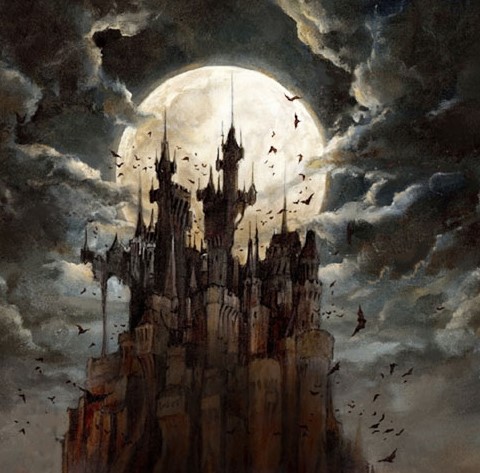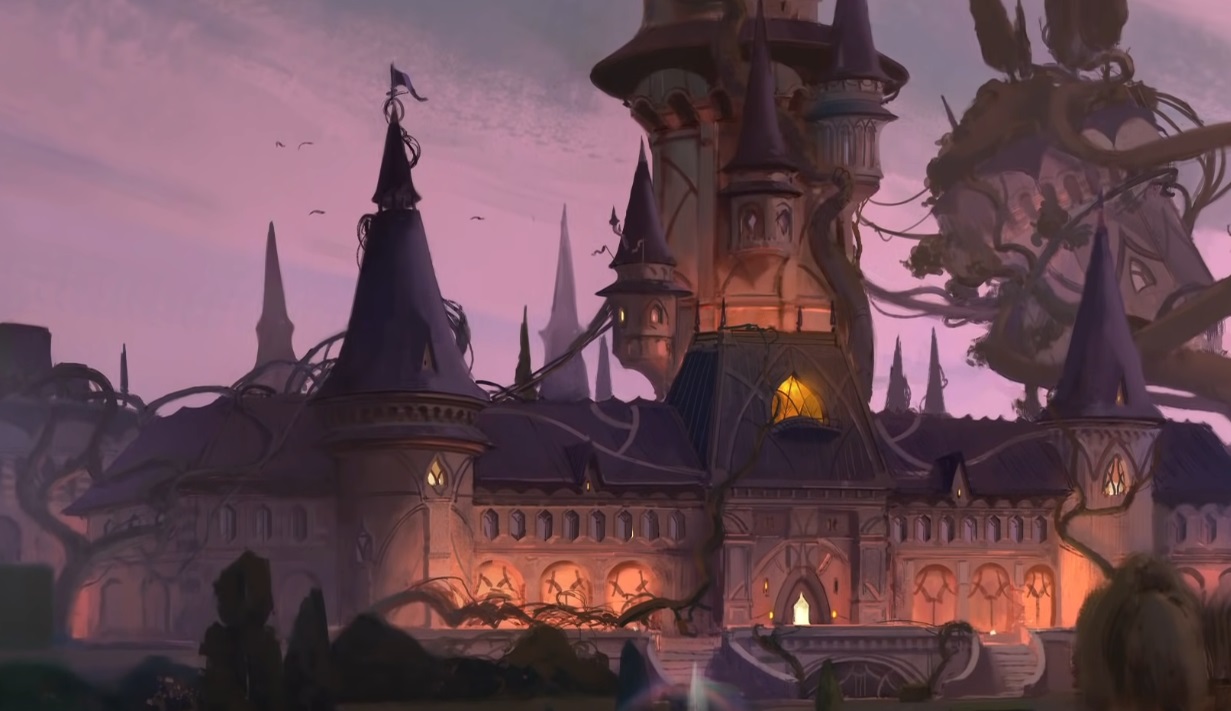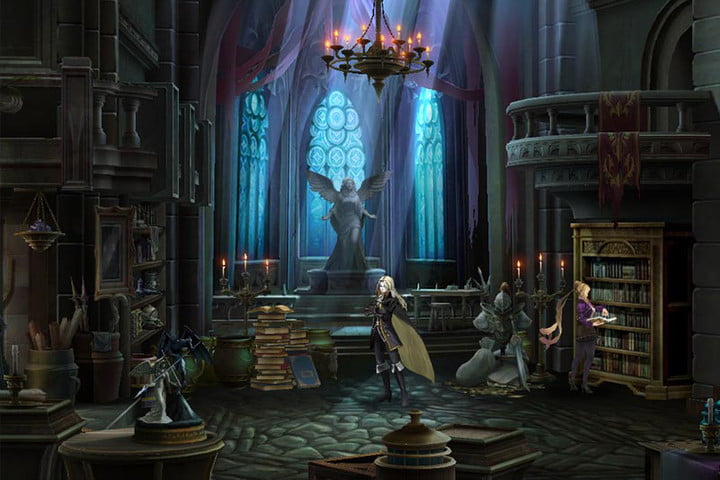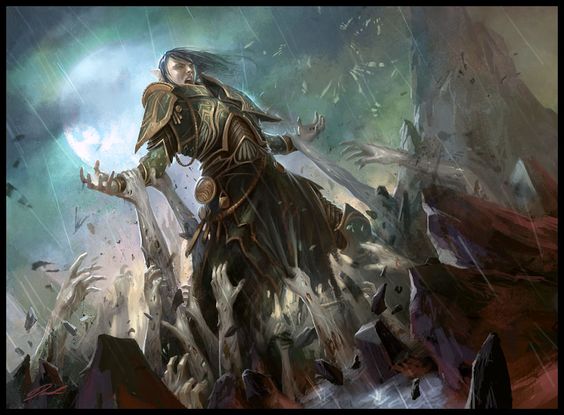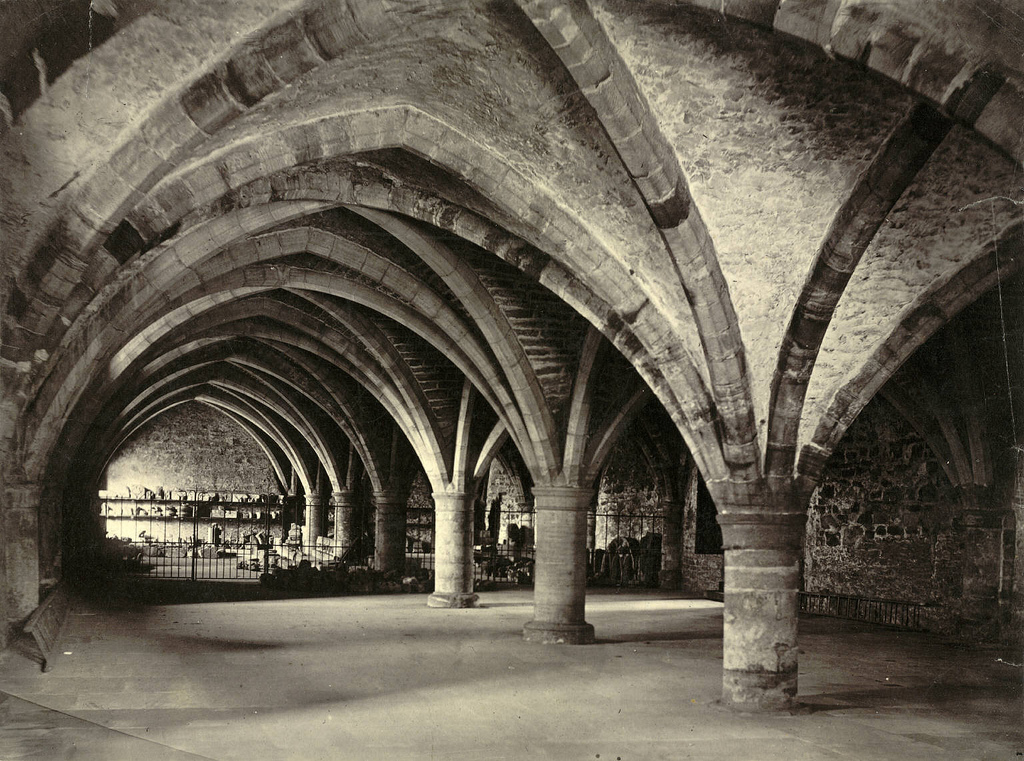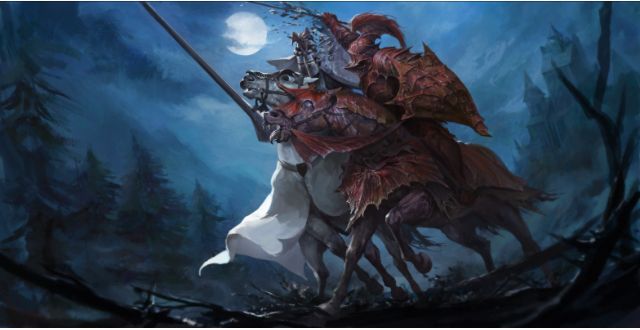D&D: Let’s Make A Dungeon Part 3 – A Room With A View
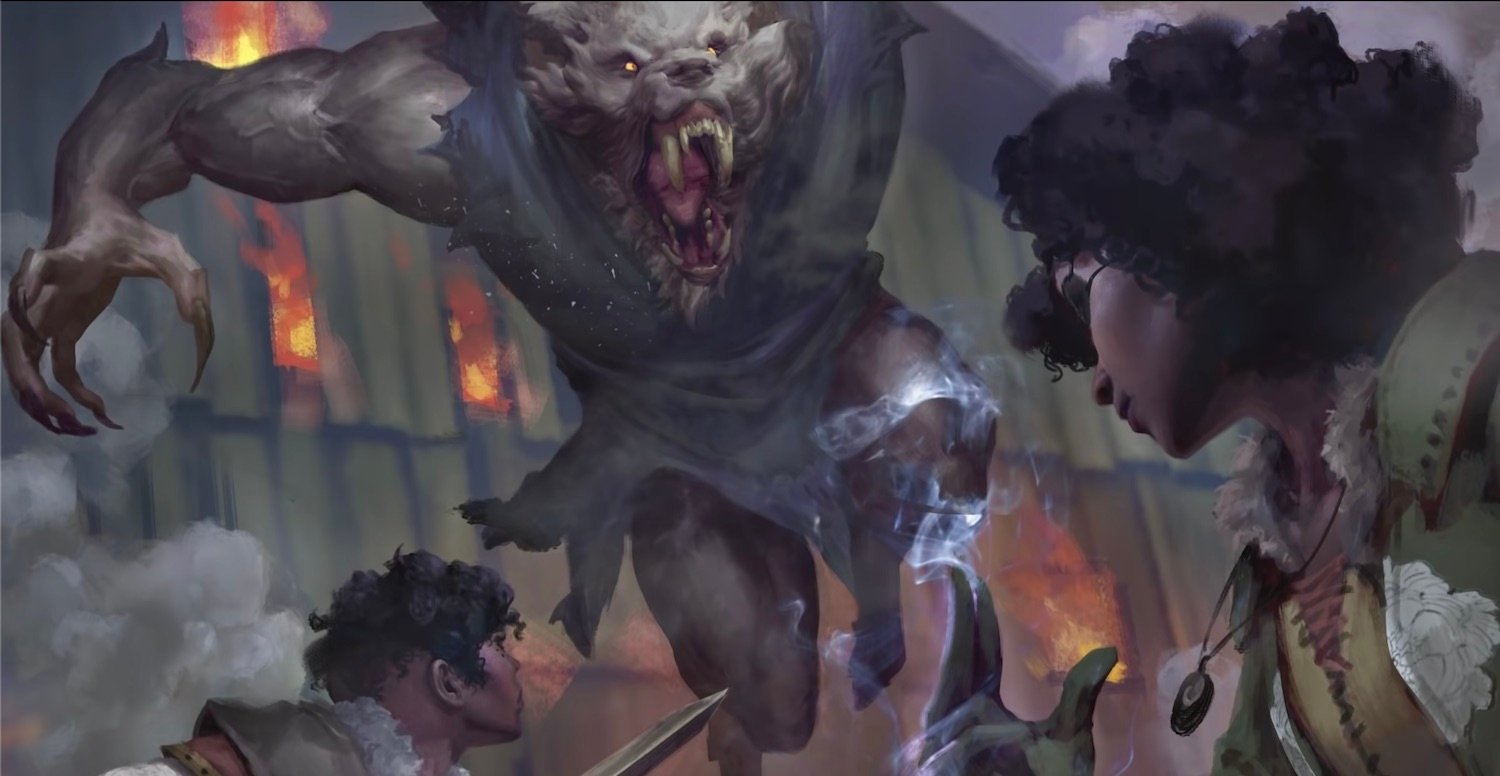

You’ve picked out your Dungeon, given it an evocative theme and come up with a list of monsters to populate it–now what? Come join us as we build out our Dungeon in part 3 of Let’s Make A Dungeon.
Designing a dungeon can be a tricky thing,; you’ve got to figure out what the dungeon is, why adventurers would want to go visit it when they could be drinking in an inn and pointedly ignoring your plot hooks. Then once they arrive, you’ve got to flesh out a location full of encounters, things to explore, facts to learn, puzzles to solve, and treasures to loot. Which is all exhausting–but as part of this year’s resolution to make more dungeons, we’re here to help you out; we’ve got a few tricks up our sleeve that can make filling in the musty corridors and twisting, labyrinthine paths through a featureless void of infinite potential a little easier to deal with.
Here’s a quick recap of our earlier work–step one: pick a theme. Pick a strong theme that defines your dungeon: this can be anything from an undead sanctuary to the remnants of a war between angels and demons to a scar carved in the land when a titan fell in ages past. Let your imagination run wild looking for inspiration. To get ours, we went to the d20 SRD Fantasy name generator. Step two: define the theme. Pick some looks for your dungeon–for our Lost Sanctum of the Vampire Knight, we’re going heavy Castlevania/Dracula–and find creatures that fit that aesthetic.
Laying Our Your D&D Dungeon
Now we’re onto step three: putting it all together. Now that you have your theme and a list of possible monsters/monster groups put together, it’s time to start laying out the dungeon. We’ll keep coming back to theme, because that’s what’s going to keep this place feeling coherent as you build it out.
And that’s really the goal–this place just has to feel like it could be a real location in your fantasy world. Because once you give players a lifeline to latch on to, they’ll do so much work to fill in all the gaps you never could.
But in order for that to happen, we need to lay at least a little groundwork out. So let’s look at what we know about the Lost Sanctum of the Vampire Knight.
- It’s remote
- Home to a Vampire Knight
- Which means there’s probably other undead types
- And probably some knightly order trappings around it as well
- These might even be twisted or have been evil in the first place
- There’s definitely gloom around it
- It’s probably forbidding, and there are rumors of it, but it’s something that the players have to find
- Definitely features some underground/crypt/grave imagery
From our visual material–and playing into that Castlevania angle–we know that exploration is going to be a part of this dungeon crawl as well.
We want players to have that gothic, creepy feeling of discovering some new hidden passage or area that was previously inaccessible. We want to foment discovery in our design. But for now, let’s think about the Sanctum.
Coming Up With Locations
There are a few broad locations that feel like they’ll fit in. The castle itself, a graveyard (or crypts), some stables, and of course a dungeon/cavern beneath the castle. With those broad categories in mind, we can brainstorm some rooms that might be in each of these areas and see what’s inspiring. I gave myself about 5 minutes and here’s what came up:
- The Castle itself
- Gothic, gloomy, broken up into subsections
- Banquet Hall
- Bedrooms–including creepy master bedroom
- Servants area
- Chapel (gotta have a big stained glass window)
- Bonus points if there’s a hidden crypt
- Gardens
- Courtyard
- Throne Room
- Library
- Solarium
- Graveyard
- Mausoleums
- Crypts
- Probably a family crypt type situation
- Stables for the Knight’s Retinue
- A dungeon underneath the castle
- Containing a hidden crypt
- Accessible via a cavern as well
That gives us plenty to draw from. Which is great–because we’re not going to plan out every room in the dungeon.
While you certainly can, we don’t need to in order to make this place feel ready. All we really need is a quick and dirty cheat sheet that will help us fill out rooms if the players decide to go in there. We will want to plan out a few rooms; the big setpiece encounters which can be either boss/miniboss fights, or specific encounters/puzzles/what have you we’re excited about.
But you can make your life easier by just grabbing a few attributes and putting them together on the fly. Here’s our “Lost Sanctum” cheat sheet:
Castle Features: Candelabras, Tapestries, Arch Windows, Torch Sconces, Secret Passages, Bookshelves With Gloomy Tomes, Bat/Wolf Iconography, Alabaster Statuary, Crossed Swords, Coat of Arms, Hanging Shields, Fireplace, Tables, Chairs, Desks, Armor/Weapon Stands, Jewelry, Fine Silks, Coins, Banners, Banisters, Balconies, Suits of Armor
Graveyard Features: Gravestones, Cobwebs, Sarcophagi, Candelabra (tall), Hanging Braziers, Grave Goods, Shrines, Altars, Sliding Stones, Fountains, Statuary (Dilapidated), Creeping Ivy, Bones, Murals, Memorials, Placards, Shrouds, Urns
Stable Features: Hay, Wooden Doors, Fences
Dungeon/Cavern Features: Torch Sconces, Secret Doors, Altars, Iron Bars, Chains, Manacles, Torture Implements, Racks, Cages, Spikes, Pits, Oubliettes, Dripping Water, Mold, Slime, Cracked Walls, Decay
Nitty Gritty Dungeon Details
Then all you have to do is figure out how you’ll populate each room. Grab a few features, turn to your monster lists, and drop in what you want–these should give you a quick inroad into figuring out the description of a room. And you can break each of the main areas of the castle into subsections that fit together thematically for ease of figuring out what’s where. Your Sanctum might have a Living Area which has all the Bedrooms, Libraries, Studies, and Brooding Rooms you could want; an Entertaining Area that features the Banquet Hall and Solariums and Ball Rooms and Drawing Rooms; the Grounds which feature Gardens and Courtyards; and Official Space which features the throne room and conference rooms and the like.
Remember: there’s nothing stopping you from building out the place in its entirety. If you’re going that route, I’d recommend picking an area and building out from it.
Pick something you know the Sanctum will have and add on to it until you can’t think of what comes next. Then jump to another area of the Dungeon and start filling that in, repeat the process until they connect.
Shortcuts
But if you want to do it quick and dirty, just pull from the lists. Don’t be afraid to think of rooms as potential random encounters, descriptions and all. This leaves you free to tailor things to fit your characters as they explore, while giving you a lifeline.
All you need is a rough idea of where in the castle they are, and what the edges of each “zone” feel like. Things like: how do you get from the Castle to the Graveyard, and what does it feel like when you change over–all valid questions that you can prep a quick answer for.
Next week, we’ll talk about specific encounters and giving ourselves the guide markers we need to flesh out the dungeon from outline to finished place.
Until next time friends, Happy Adventuring!

